Interview with Brian Hoffner from Hoffners Training Academy, Part 2
This is second part of the interview with Brian D. Hoffner, Director of the Hoffners Training Academy. Check the first part of the interview with Brian Hoffner.
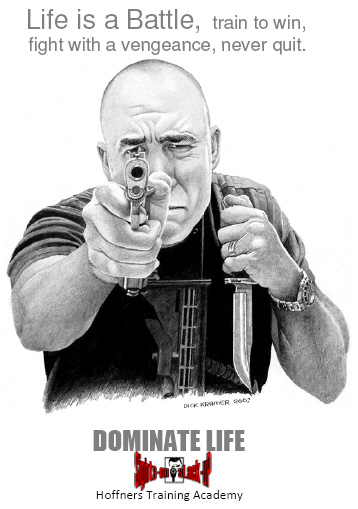 Hoffners Training Academy |
Vitaly Pedchenko: How can a shooter test his or her skills? Could you recommend any tests? Brian Hoffner: A shooter should be very comfortable, smooth, and confident with dry fire before moving on to live fire. This is true with every drill. Because the shot round allows the shooter to hit with a pattern spread, a target at 15 yards is much easier to hit with a shot round versus a single projectile. A shooter should work on presentation from low ready with the safety engaged, finger indexed on the safety, and muzzle lowered slightly. On presentation the shooter should combine movements to economize motion so that sights on, cheek weld, slack up, muscles engaged, all happen at the same micro-moment. All that is left to do is hammer the trigger. But we are not done. The bad guy decides whether we have to shoot again or not, therefore; we must follow through at maximum speed to a second “sights-on, slack up”. No drill is completed successfully without the hit and second sight. As simple as it may seem a one-shot drill is critical to practice properly. |
Once we have reached consistency we may then start timing ourselves. The test time on this drill is one second which is quite simple. The target time for this drill is a half second. With practice and half second hit at 15 yards is no problem. Remember that is potentially hitting with nine at the same time versus trying to hit the target with just one bullet from your peashooter.
Once mastered the shooter should work on a five shot drill. This drill will tell the story. The shooter is either able to hold body index to control the shotgun and keep it in the fight or the shotgun will rule the shooter and send the shooter to another zip code. Well, the shooter cannot come off the line therefore must stop the drill fix it and continue. The key here is to learn how to keep the body index, our foundation, in the fight so the shotgun remains in the fight.
Once learned we can start applying time to the drill. Remember that we start the drill in low ready with the safety on an indexed. It won’t be long before you are achieving times of under 3 seconds for 5 shots. Shoot for consistency under 2.5 seconds, and then under 2 seconds. Now you are becoming one bad dude or do dudette and having fun.
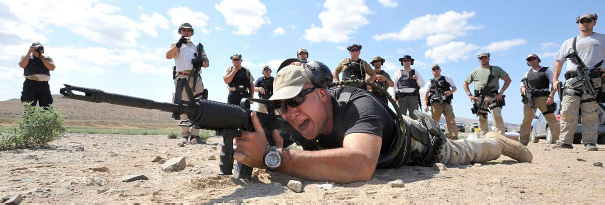
Hoffners Training Academy
At Hoffner’s training Academy we are passionate about building sheepdog warriors. We train with hands, knife, pistol, rifle, and shotgun. I believe we have the best system in the world for learning these weapons to defend self and family. We offer a full schedule of training in Houston and we travel to other venues as well, have range will travel. I am very passionate about the shotgun because it is so effective and versatile. The Remington 870 is the workhorse for fighting and is unmatched by any other small arms close quarters battle weapon.
Vitaly Pedchenko: Are 3-Gun and IPSC competitions useful for shooters?
Brian Hoffner: Сompetition shooting is useful for operators primarily because it provides stress inoculation and repetition. It is important that the shooter maintains the proper disciplines while shooting these matches, understanding that there may be rules that do not comply with proper tactics but must be enforced.
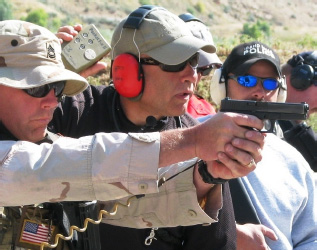 Hoffners Training Academy |
Vitaly Pedchenko: What tactics would you recommend to use in a home defense situation?Brian Hoffner: First of all my wife is a disciple of all my training. When searching or defending the home she has my back. Home defense is a family affair. Children need to know how to react, where to go, and what to do. As they grow older their roles will change. As for the operator of the home defense shotgun they must learn good search tactics such as slicing the pie and threshold evaluation while using strobe and search lowlight techniques. Because of extreme close quarters and tight situations, a high underarm mount may be required to utilize these techniques while keeping the shotgun leveled at the search area and potential threat. Again training is paramount to properly defend home and family with the shotgun. |
Vitaly Pedchenko: How important is flashlight on a home defense shotgun?
Brian Hoffner: As I mentioned earlier the light on a defensive long gun is very important. You must be able to search at night and see the dark holes while having the shotgun at ready. I teach ways to do this with a hand-held flashlight but ultimately a weapon mounted light is more effective.
Vitaly Pedchenko: Brian, you have several shotgun courses available. What course would you recommend to a beginner? And which one for a skilled shooter?
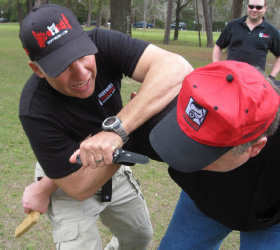 Hoffners Training Academy |
Brian Hoffner: Though I have several shotgun classes in my training Academy, I start all shooters with tactical shotgun one. This is the foundation of my shotgun training. Everyone must learn and in many cases relearn the proper indexes, manipulations, presentations, and follow-through’s, all while operating within the fight cycle. Which means scanning for the threat, finding the threat, stopping the threat, and finding the next one. There is a lot of work to be done in level I and this is done in a static fight cycle. I am careful not to put the cart before the horse.Level I is completed and the student learns how to coach him or herself through dry practice and live fire to master the skills and create a strong foundation. We then move on to the next level which includes the tactics of movement, alternative positions, use of cover, select slug, and more. My system of learning and operating provides a high level of structure presented in a logical manner which assures a positive learning curve to provide a level of skill, ability, and confidence unmatched by any other training program. |
About Brian D. Hoffner
With over 30 years of military and law enforcement experience, Brian, a Texas Master Peace Officer, is a senior firearms instructor, and defensive tactics instructor for Houston Police Department. As director of Hoffners Training Academy, Brian brings his highly acclaimed training program to law enforcement, military, corporations, and enthusiasts on a national and international level. Known and respected as a leader in his field, Brian’s unique style of motivating his students while progressively teaching empty hands, knife, pistol, shotgun, rifle, & tactics have made him a trusted favorite throughout the country.
Brian is known for his innovative ideas and high level of intensity while training. His ability to relay his knowledge, utilize his wide range of skills as a motivator, and bring out the best in his students, ensure a positive learning experience for all. Hoffners Training Academy provides to its students certification in training. Brian provides consulting services and is an expert witness in the use of force.
Hoffners Training Academy
1302 Waugh Dr # 727
Houston, TX 77019
http://www.hoffners.com
Office 281.855.8800
Toll Free 1.877.HOFFNER
brianhoffner@hoffners.com
Related Post:
Interview with Chris Costa



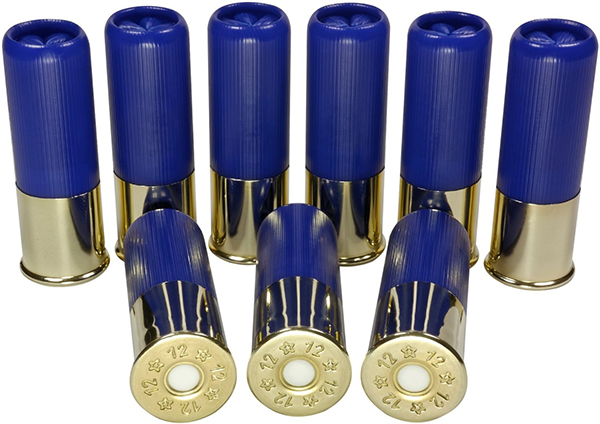
Great two part series, very informative.